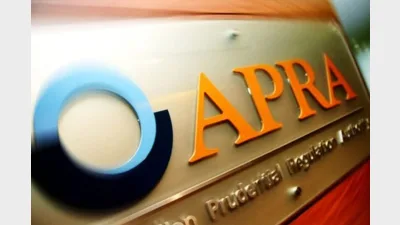Risk metrics need longer-term focus



The Actuaries Institute is pushing for a long-term risk metric to be included under MySuper product dashboard requirements.
Two risk measures were necessary, as super fund members may have a short-term investment horizon and wish to preserve capital, or they may have a long-term investment horizon and wish to protect their standard of living in retirement, it said.
According to the Actuaries Institute, one metric should measure the risk of capital loss, and the other the risk that a specified real rate of investment return would not be achieved.
Salaries tended to increase at a faster rate than price inflation, so long-term risks should be linked to an expected increase in average weekly ordinary times earnings (AWOTE) plus 3 per cent over 20 years rather than inflation, according to The Actuaries Institute.
It said a 3 per cent margin was necessary to allow for the differing risks of a wide range of investment products.
Although the Association of Superannuation Funds of Australia/Financial Services Council’s risk measure was appropriate to measure the risk of a negative return over a 12-month period, the methodology needed to take into account the impact of one year’s impact on the next year’s return to provide members with any additional benefit.
If assumptions were used to calculate risk metrics, super fund members needed to be made aware that these would not necessarily provide an indication of a product’s risk over the next 10 or 20 years, according to The Actuaries Institute.
The Actuaries Institute also knocked back suggestions the product dashboard should include both a risk label and risk metrics, saying members would only focus on the risk label and may not assess the product properly.
Recommended for you
Delayed climate action could wipe hundreds of billions from superannuation balances by 2050, according to new analysis from Ortec Finance.
APRA deputy chair Margaret Cole has called on superannuation trustees to accelerate efforts to support members moving into retirement and to strengthen protections against growing cyber and operational risks.
Super trustees need to be prepared for the potential that the AI rise could cause billions of assets to shift in superannuation, according to an academic from the University of Technology Sydney.
AMP’s superannuation business has returned to outflows in the third quarter of 2025 after reporting its first positive cash flow since 2017 last quarter.










